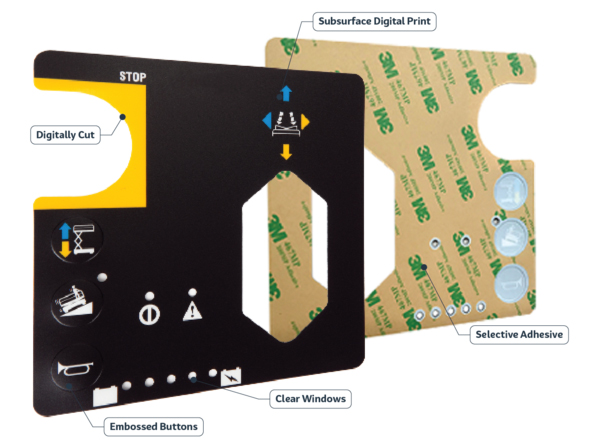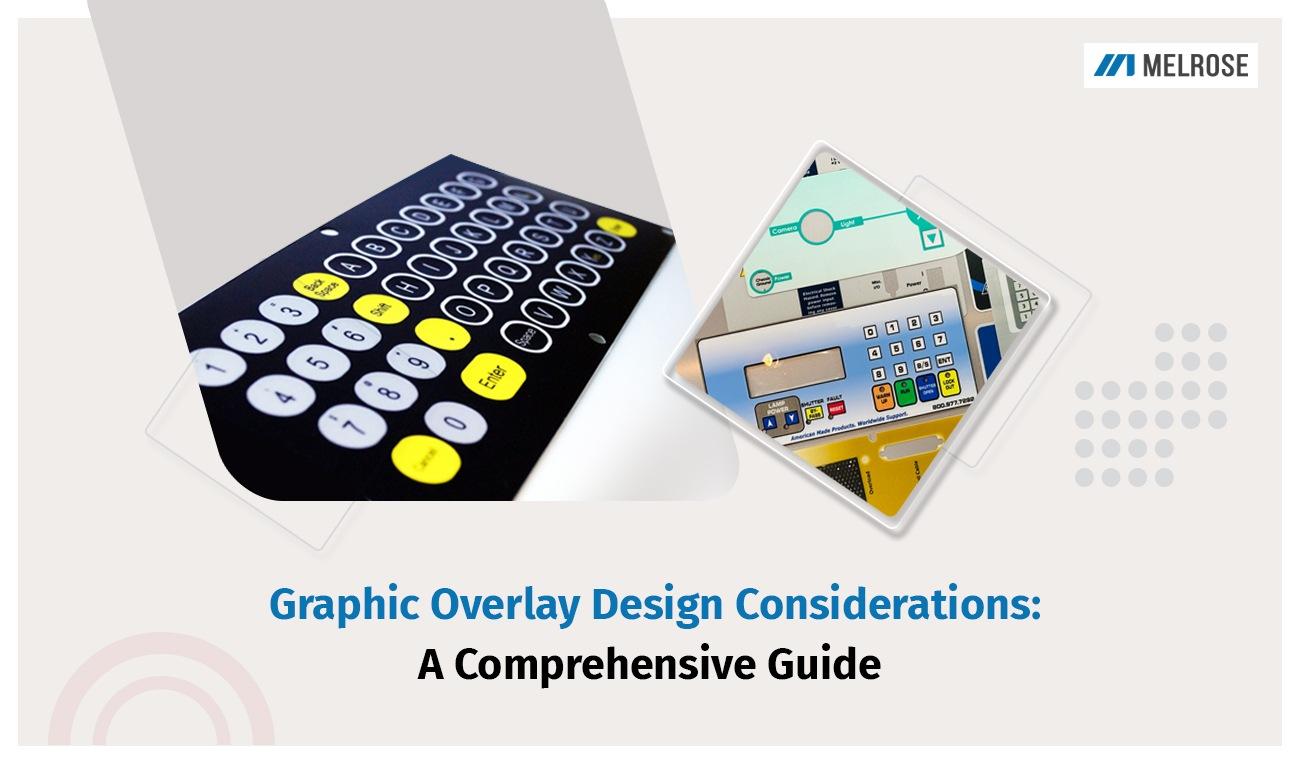Recognizing How Graphic Overlays Work to Enhance Your Imaginative Projects
Graphic overlays act as an essential component in the realm of imaginative projects, improving both aesthetic communication and audience interaction. By recognizing their performance and possible applications, one can successfully elevate not only the aesthetic charm but additionally the clearness of intricate info. The successful combination of these overlays calls for cautious factor to consider of design concepts and purposes. As we discover the various types and finest methods, it ends up being apparent that the ideal approach can considerably affect project end results, leaving us to ponder just how to harness these devices for optimal impact.
What Are Graphic Overlays?
Graphic overlays are visual components that are positioned on top of a base photo or interface to boost communication and user experience. They serve different purposes, consisting of supplying extra info, guiding individual interaction, and boosting visual appeal. Common applications of visuals overlays can be discovered in digital user interfaces, advertising, and academic materials.

Graphic overlays are typically created using design software program, enabling developers to manipulate transparency, shade, and size to accomplish the preferred impact. Understanding exactly how to successfully implement graphic overlays is crucial for developers intending to raise their creative tasks.

Benefits of Using Graphic Overlays
Making use of graphic overlays can dramatically boost the efficiency of aesthetic communication throughout different mediums. One of the main benefits is the ability to convey intricate information succinctly. By layering graphics, message, and pictures, overlays facilitate the discussion of information in an extra digestible format, making it easier for audiences to comprehend crucial ideas quickly.
Moreover, graphic overlays can improve aesthetic allure, accentuating particular elements within a layout. This is specifically helpful in marketing and advertising, where catching the customer's interest is vital. The strategic use colors, forms, and typography in overlays can produce a cohesive and appealing aesthetic story, boosting brand name acknowledgment.
Furthermore, graphic overlays offer versatility in style. They enable developers to adjust content for different platforms without going back to square one, making certain uniformity across various networks. This flexibility is vital in today's digital landscape, where web content should be maximized for diverse tools and layouts.
Kinds of Graphic Overlays
When taking into consideration the various kinds of visuals overlays, it is vital to identify their diverse applications across various sectors. Graphic overlays can be categorized largely right into three types: practical, ornamental, and informational.
Practical overlays are made to enhance the usability of a product. Generally discovered in electronic devices, these overlays typically provide responsive comments through elevated buttons or textured surface areas, improving Read Full Article user interaction. They can also offer as a safety layer, protecting the underlying components from wear and tear.
Decorative overlays concentrate on visual improvement, allowing brands to reveal their identification via lively designs and personalized graphics. These overlays prevail in packaging, marketing, and point-of-sale materials, where aesthetic charm is crucial for bring in consumers.
Educational overlays, on the other hand, are made use of to convey vital information or guidelines. They can be seen in applications such as signs, user guidebooks, and instructional graphics, where clearness and readability are critical.
Each kind of graphic overlay offers an unique purpose, adding to the overall effectiveness of imaginative projects while attending to specific needs within numerous markets. Recognizing these differences is important for choosing the right overlay for your job.
Best Practices for Application
To guarantee the successful execution of graphic overlays, it is essential to establish a clear understanding of the project's objectives and the details requirements of the end-users. Begin by conducting extensive study to recognize the target market and their preferences, as this will certainly inform design options and capability.
Following, develop a detailed plan that lays out the overlay's design, function, and integration process. This strategy should consist of individual interface considerations, making certain that overlays improve instead of obstruct the user experience - Graphic Overlays. Preserve and consider the aesthetic hierarchy uniformity in design aspects, such as shade icons, systems, and typefaces, to advertise brand coherence
Evaluating is necessary; collect responses from a representative sample of individuals to recognize prospective problems and locations for improvement. Repeat on the layout based on user input and efficiency data. In addition, make sure compatibility throughout their explanation various devices and systems to make best use of accessibility.
Tools for Developing Overlays
Developing reliable graphic overlays calls for the right tools to equate design principles into useful applications. Different software and systems are offered, each customized to specific demands and skill degrees.
Adobe Photoshop and Illustrator are sector criteria, providing considerable capabilities for developing and adjusting overlays. These tools give innovative features such as layer administration, mixing settings, and vector graphics, enabling designers to create detailed and top notch overlays.
For those seeking a more user-friendly strategy, Canva and Figma are outstanding choices (Graphic Overlays). Canva's intuitive interface permits customers to develop overlays rapidly using pre-designed layouts, while Figma facilitates collective layout in real-time, making it perfect for groups
In addition, open-source alternatives like GIMP and Inkscape supply durable functionalities without the associated costs of exclusive software program. These tools allow for adaptability in layout and can suit numerous documents layouts, making sure compatibility throughout different systems.

Final Thought
In verdict, graphic overlays serve as effective devices for boosting innovative jobs by offering aesthetic quality, aesthetic appeal, and brand uniformity. By recognizing the essential concepts and benefits linked with visuals overlays, designers can substantially boost the high quality and performance of their aesthetic interactions.
Graphic overlays serve as a crucial part in the world of creative jobs, boosting both visual interaction and target market involvement.Graphic overlays are often developed using layout software, permitting designers to adjust openness, shade, and dimension to attain the preferred impact.Furthermore, visuals overlays can improve visual appeal, drawing focus to important site details components within a layout.Furthermore, visuals overlays supply flexibility in style.In verdict, visuals overlays serve as effective tools for boosting imaginative jobs by giving visual clearness, aesthetic charm, and brand uniformity.